Cargill Foods, an international food provider, released a white paper titled “Snacking Solutions: Understanding the Modern Snack-Food Consumer,” which revealed that over half of US consumers are now snacking at least once a day. Cargill surveyed more than 1,000 US consumers to determine why and how they choose different types of snacks.
Snacks are now considered an essential part of our regular diet and no longer a between-meal indulgence. Busy lives, individualized eating and preferences for quick food options have transformed snacking from a guilty pleasure to an everyday part of the American diet.
According to the survey, more than half of American consumers are daily snackers, with roughly 25 percent snacking multiple times a day and 37 percent snacking in place of one meal per day. Some reasons consumers will reach for a snack include responding to a craving, treating themselves, satisfying hunger or rewarding themselves.
Related: New Mondelēz Study Finds Snacks are More Popular Than Meals
With only 3 percent of Americans reporting they never snack, the results revealed how prevalent snacking is and how snack manufacturers can satisfy today’s consumers. The whitepaper divided snacks into four categories: snack bars, salty snacks, candy and baked goods.
For adults and children alike, snack bars are the go-to snack choice, especially to satisfy hunger between meals. Cargill found that 25 percent of consumers eat snack bars daily, and 44 percent eat them twice a week. Consumers eat salty snacks almost as frequently as snack bars, usually between lunch and dinner. Americans said they most commonly consume candy and sweet baked goods as after-dinner desserts.
High fructose corn syrup was a common ingredient that consumers aimed to avoid in all four snack categories, as well as GMOs and artificial sweeteners. On the other hand, natural products, protein, fiber and whole grain content were considered important factors when choosing snacks.
Cargill named three snacking trends for manufacturers to keep in mind while formulating new products: the first is functionality, with consumers citing a preference for snacks with protein and fiber content, as well as new health-boosting ingredients like turmeric and matcha. The second trend is emotional support, with some consumers choosing snacks based on the mental health benefits they offer. The last trend is personalization, with consumers seeking out snacks that they know were made with them in mind.
The results indicate that unique and creative snack foods represent a significant market opportunity for brands that can decipher the needs and wants of the evolving snack food consumer.


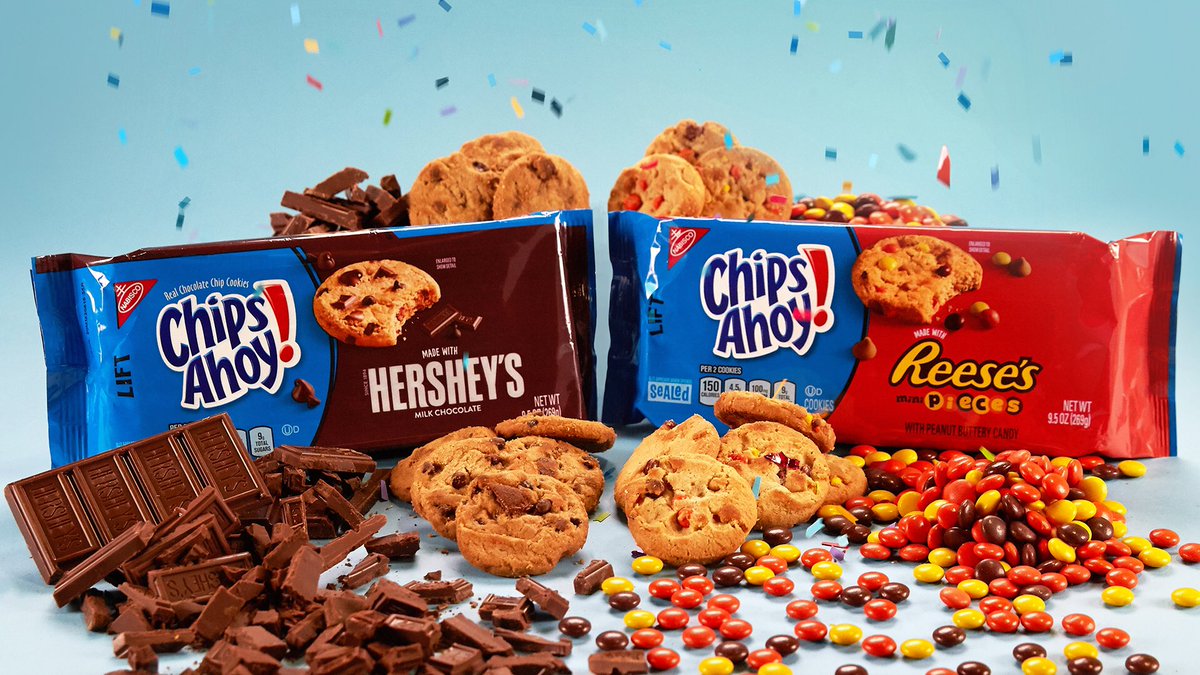
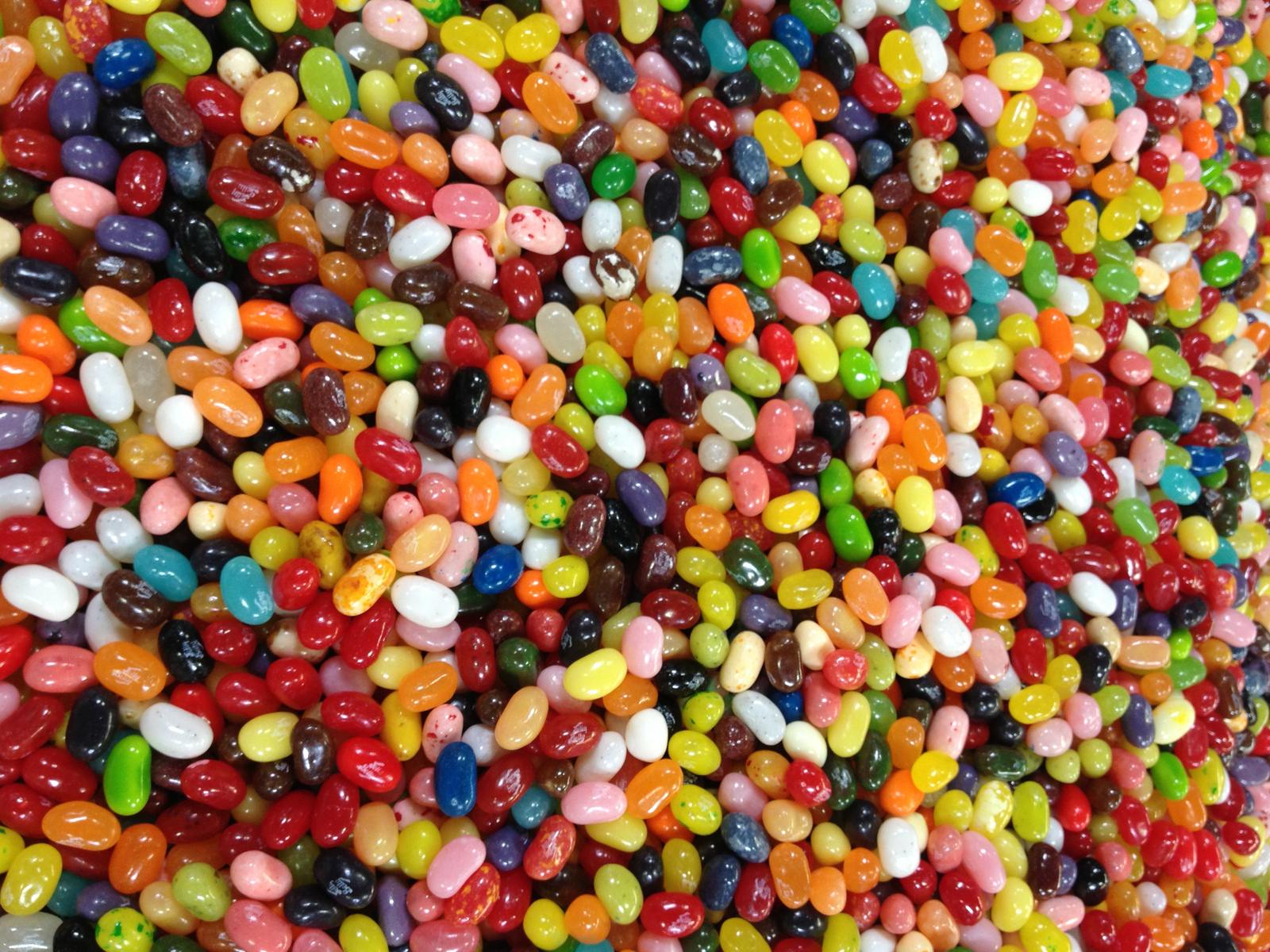
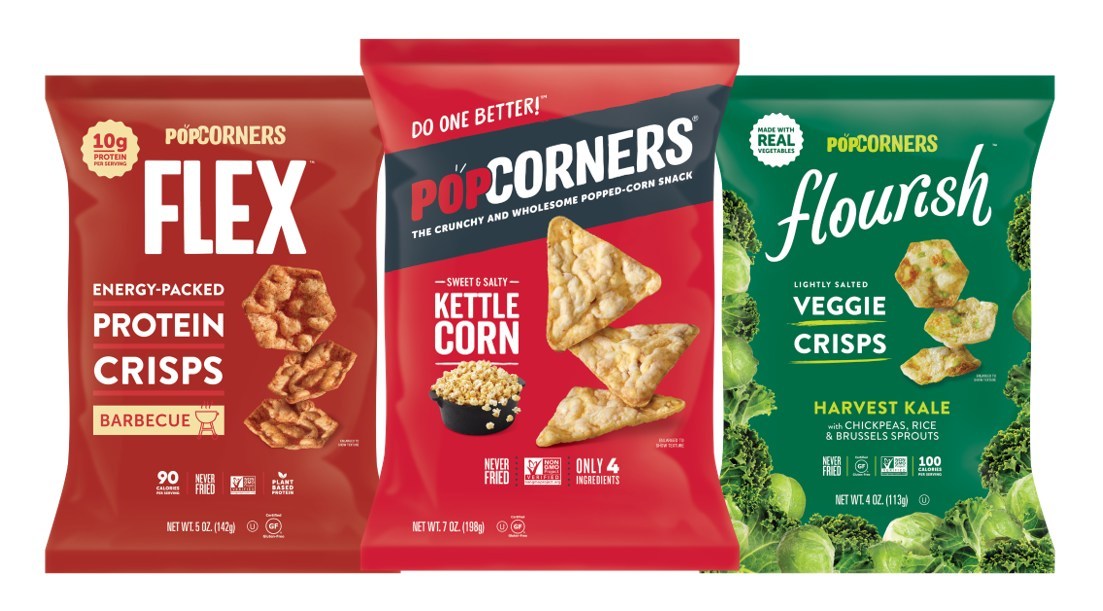
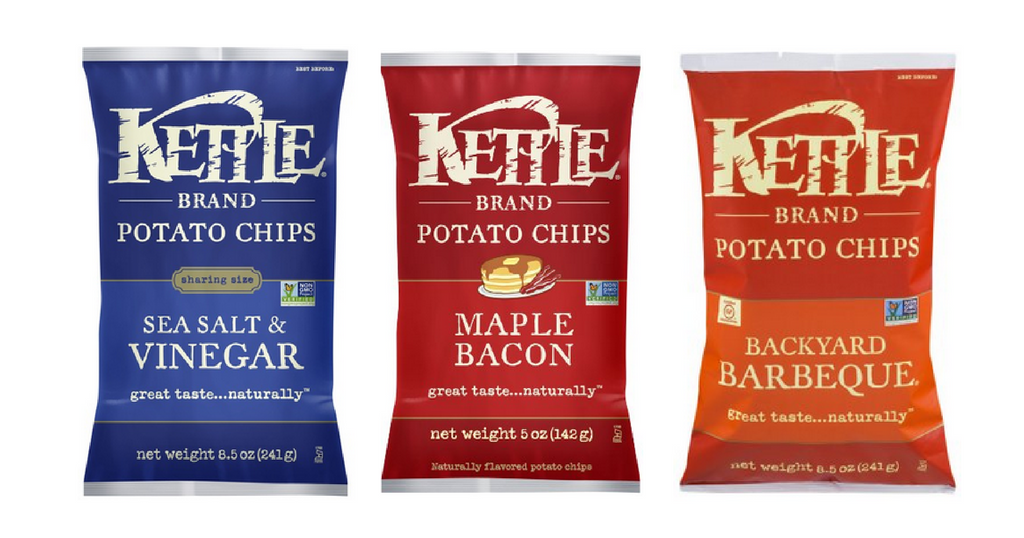
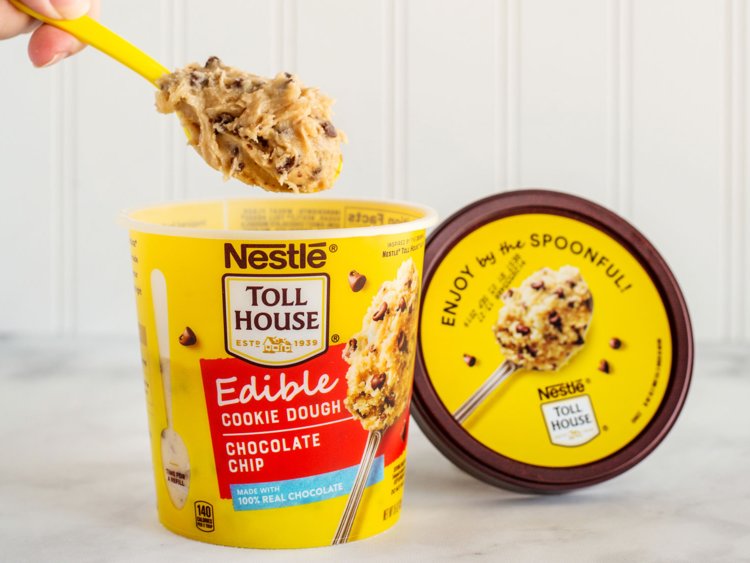



Join or login to leave a comment
JOIN LOGIN